Key Points and Summary – China’s J-35 carrier-borne stealth fighter achieved a major milestone in September 2025, conducting its first catapult launches and arrested landings from the new aircraft carrier Fujian.
-The twin-engine jet, derived from the FC-31 program, features stealth shaping and is part of a broader strategy that includes a land-based J-35A variant.
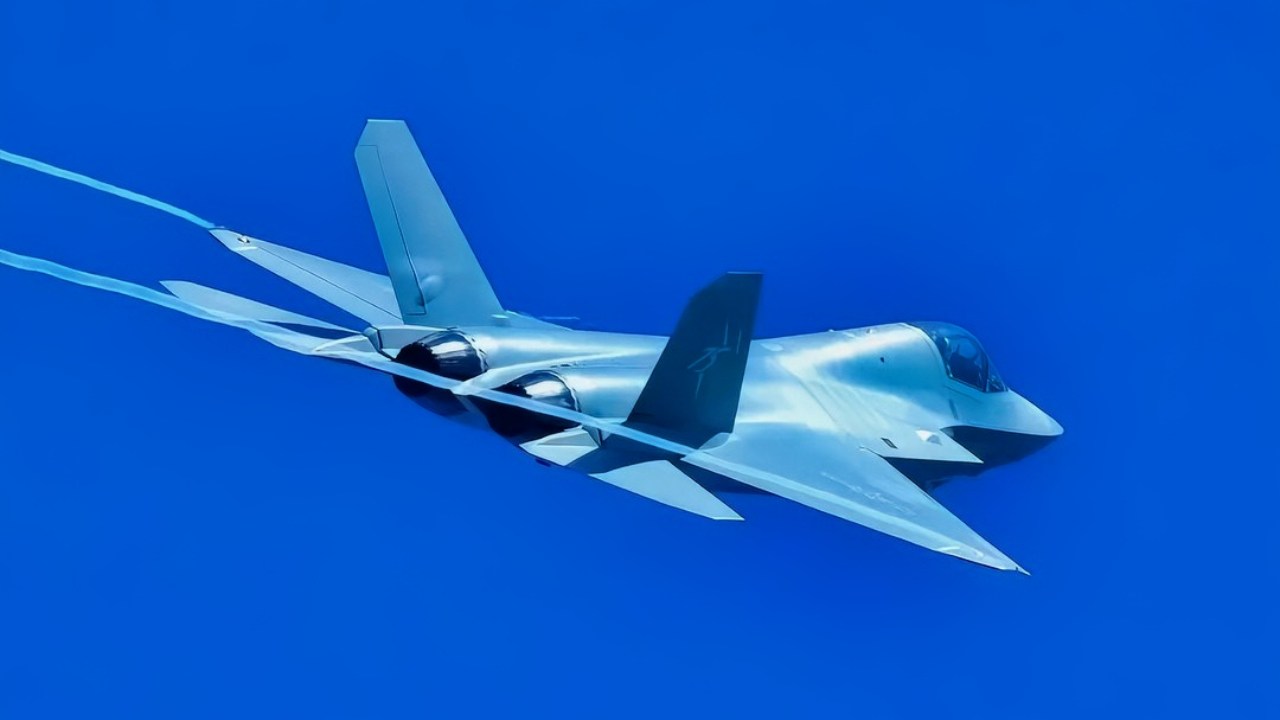
J-35A Fighter from China. Image Credit: PLAAF
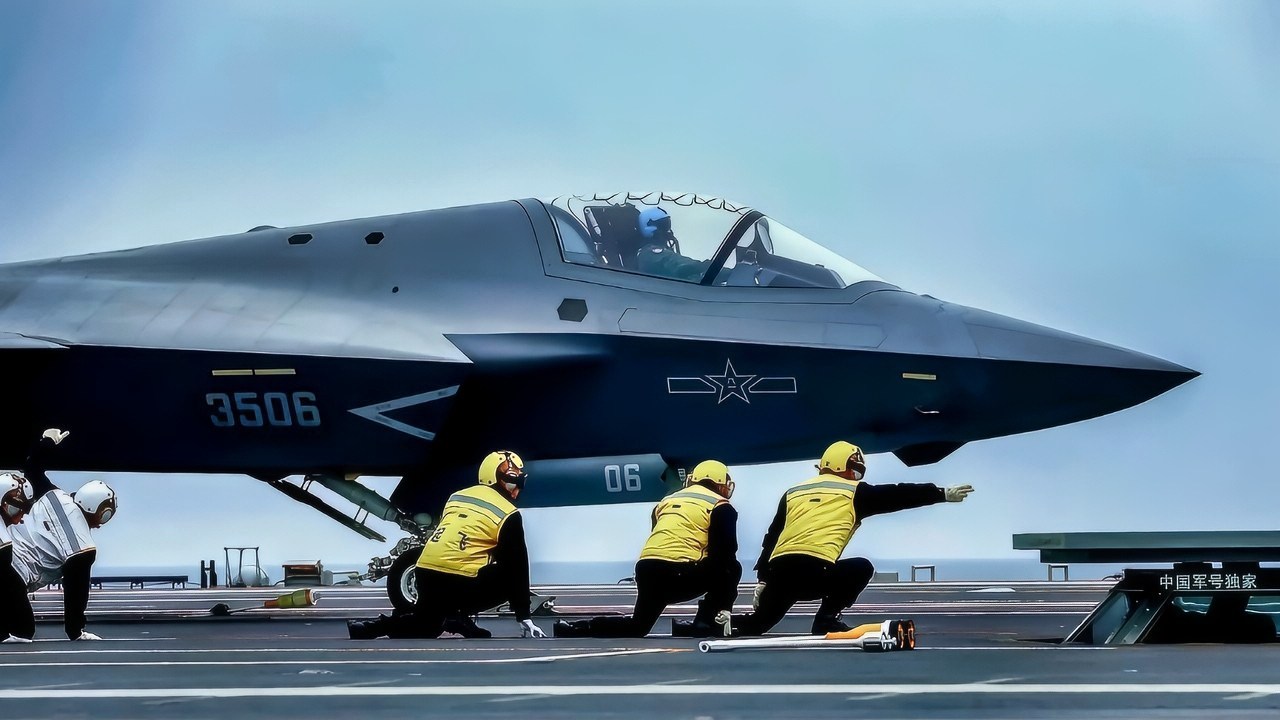
China J-35 Fighter. Image Credit: Chinese Navy/PLAN.
-The successful at-sea trials signal a significant leap in China’s naval aviation, which until now has lagged behind the U.S. in fielding carrier-based stealth aircraft.
-While the J-35 narrows the technological gap, China still lacks the decades of operational experience that underpin U.S. carrier power.
China’s Naval J-35 Stealth Carrier Fighter: F-35 Fighter Rival
China’s J-35 is the People’s Liberation Army Navy’s (PLAN) carrier-borne, twin-engine, low-observable multirole fighter derived from Shenyang’s FC-31 program.
In September 2025, official PLAN imagery showed J-35s launching and recovering via electromagnetic catapults from the new carrier Fujian.
It was the first public, at-sea CATOBAR operations for China’s stealth jet – not to mention, a major step for the carrier’s air wing.
Beijing’s broader play should be evident by now: field a family of related airframes to simplify production, logistics, and sustainment.
Shenyang is pursuing a land-based J-35A for the PLAAF alongside the naval J-35 for the PLAN, creating commonality among variants even as each airframe is tailored to its planned environment.
That strategy, combined with China’s growing technological competence in terms of military hardware, could soon prove to be a winner.
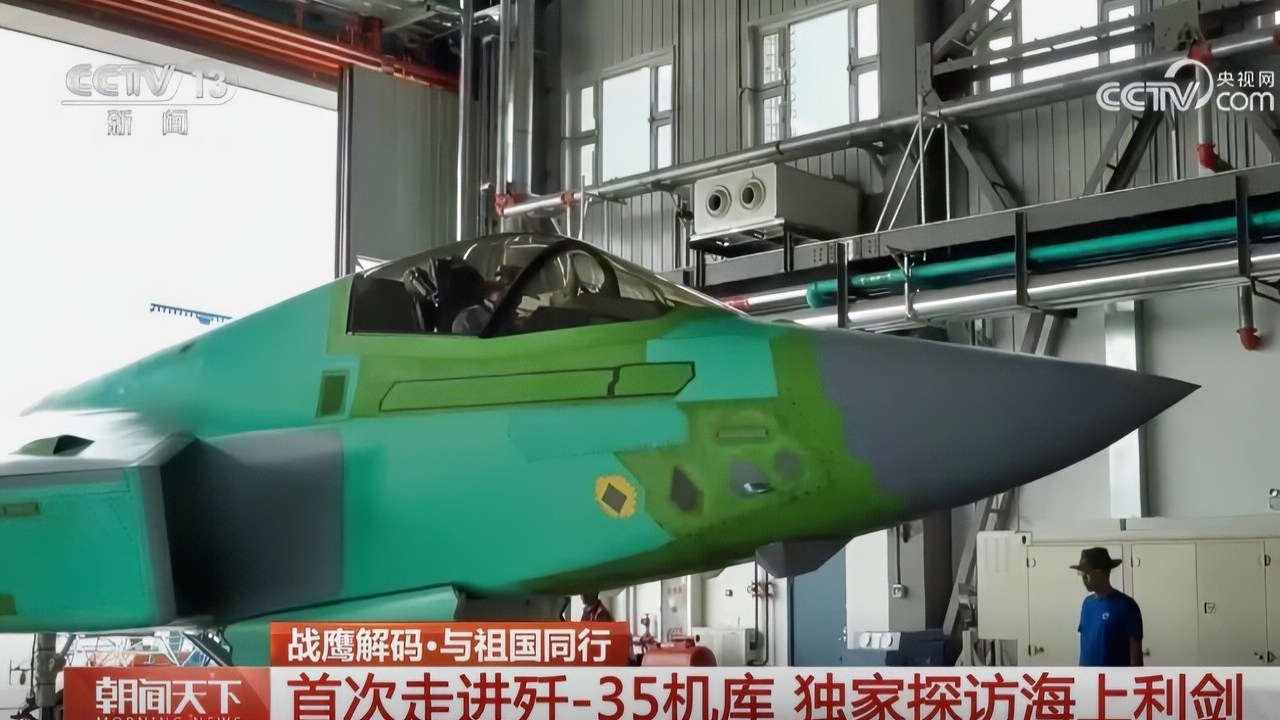
J-35 Factory in China. Image Credit: CCTV Screenshot.
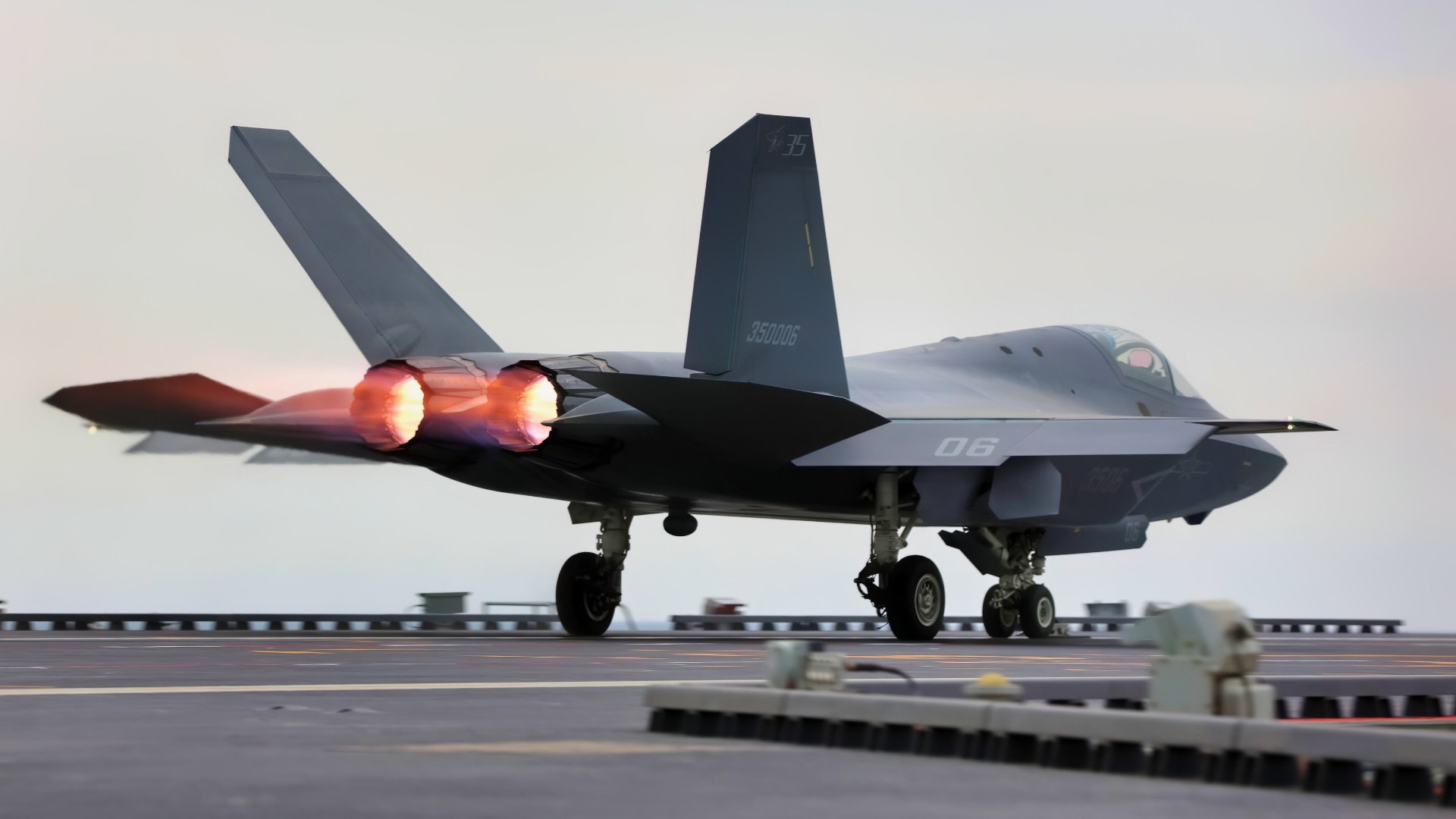
China J-35 Fighter on Aircraft Carrier. Image Credit: Chinese Navy.
Origins of the Naval J-35
The J-35 can trace its roots to the privately backed FC-31 demonstrator that first flew in 2012 and later evolved through multiple prototypes.
The carrier-capable aircraft was first photographed in flight in October 2021, wearing primer and sporting unmistakable carrier features.
Early signals that the aircraft was designed as a naval variant also appeared that year when a mock-up that looked like the FC-31 was spotted on China’s full-size carrier test rig in Wuhan, a facility used to evaluate deck operations.
The program soon moved from those facilities and mock-ups to shipboard trials, and by 2024, Chinese sources and independent analysts documented J-35 airframes on Fujian’s deck and participated in test cycles.
It culminated in the PLAN’s September 2025 release that showed J-35s, J-15T fighters and KJ-600 AEW aircraft conducting catapult launches and arrested landings.
Capabilities and Design
While complex specifications remain sparse, as is familiar with Chinese military hardware, open imagery and reporting have revealed some notable naval design cues.
The J-35 features dual-wheel nose gear with a catapult launch bar, wing-fold mechanism to reduce its deck footprint, and other structural changes consistent with arrested recovery operations. These features were all first noted when the carrier variant debuted in 2021.
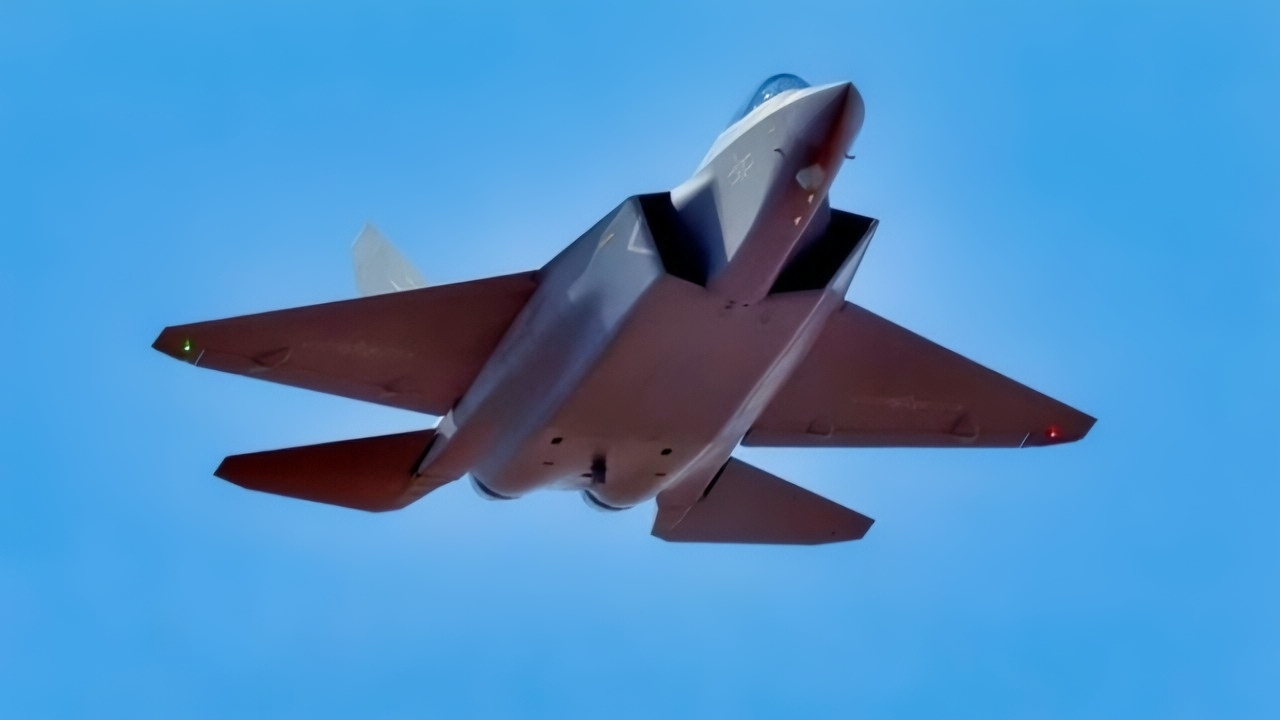
J-35 Fighter from China. Image Credit: PLAAF.

J-35 New Stealth Fighter from China
Its stealth shaping features a chiseled nose, diverterless supersonic inlets, and an internal weapons carriage.
Observers have noticed that it appears to feature an under-nose electro-optical sensor window similar to that of the F-35’s EOTS. These features, seen across both FC-31 and J-35 iterations, are clearly intended to balance signature reduction with multi-role functionality.
And as for its dimensions, analyst are still working off open-source assessments.
Currently, the airframe is classified as being in the “medium” category, measuring approximately 17.3 m in length and boasting a wingspan of around 11.5 m. That size would position it between the larger J-20 and the legacy Flanker-derivative aircraft. Exact figures are still unofficial, and should be treated cautiously – but a combination of imagery and context suggest that the J-35 is indeed designed to be medium-sized and lighter than the J-20.
Propulsion details are similarly vague, too. Western reporting has suggested that the land-based J-35A is expected to use the advanced indigenous WS-19 engine, but it remains unclear whether the naval J-35 flies today on domestic or interim powerplants. No information has been publicly confirmed.
Operationally, the difference between the naval and air force variants of the aircraft is launch and recovery.
Fujian’s electromagnetic catapults (EMALS-like CATOBAR) allow the J-35 to launch heavier and with more fuel on board than China’s ski-jump carriers.
What the Naval J-35 Matters
For China, fielding both this new stealth fighter and a CATOBAR carrier is a major milestone. The strategy pairs low-observable strike and air-defense penetration and power with a modern carrier and deck system that is capable of supporting heavier aircraft.
And when China showed aircraft operating from the Fujian in September 2025, Beijing knew that it was signalling a major progress update to the rest of the world.

J-35 Stealth Fighter from China. Image Credit: Creative Commons.
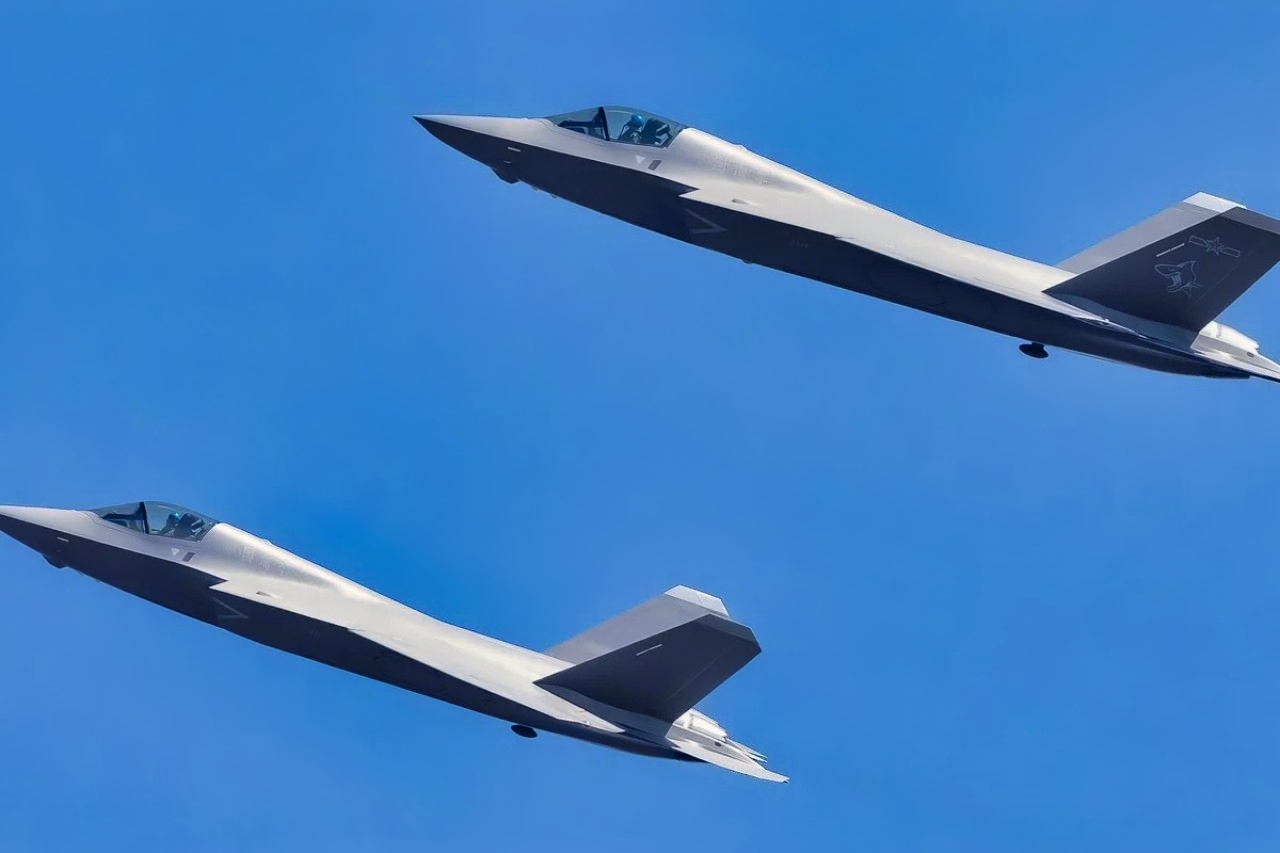
J-35B Government Handout Photo.
For the United States and its allies, the J-35 narrows the gap at sea by quite a bit. Until now, only the U.S. Navy routinely fielded fifth-generation fighters from carriers.
And with China demonstrating its carrier-borne stealth capabilities, along with AEW assets, Western planning around Taiwan and the broader Western Pacific are undoubtedly complicated.
There is, however, an important caveat: China lacks the experience the United States has, and the complex training and logistics that underpin sustained carrier air power cannot be understated. Preparedness is about more than just hardware.
The bottom line? The naval J-35 is no longer just a theory or a paper project.
It is a functioning aircraft and part of a broader plan and strategy for China to field stealthy, networked aircraft – and to challenge U.S. air dominance in the process.
About the Author:
Jack Buckby is a British author, counter-extremism researcher, and journalist based in New York. Reporting on the U.K., Europe, and the U.S., he works to analyze and understand left-wing and right-wing radicalization, and reports on Western governments’ approaches to the pressing issues of today. His books and research papers explore these themes and propose pragmatic solutions to our increasingly polarized society. His latest book is The Truth Teller: RFK Jr. and the Case for a Post-Partisan Presidency.
More Military
The U.S. Air Force’s B-52 Bomber and F-35 Fighter Have A Message for Venezuela
Russia’s Mach 4.3 MiG-41 Stealth Fighter Has a Message for the U.S. Air Force
Forget the F-35: The MQ-25 Stingray Might Be the Navy’s Best ‘Weapon’ Against China
Forget the F-35 of F-47: The GCAP 6th Generation Stealth Fighter Is Coming
U.S. and 9 Allies Just Held a Big Naval Exercise Right on China’s Doorstep










